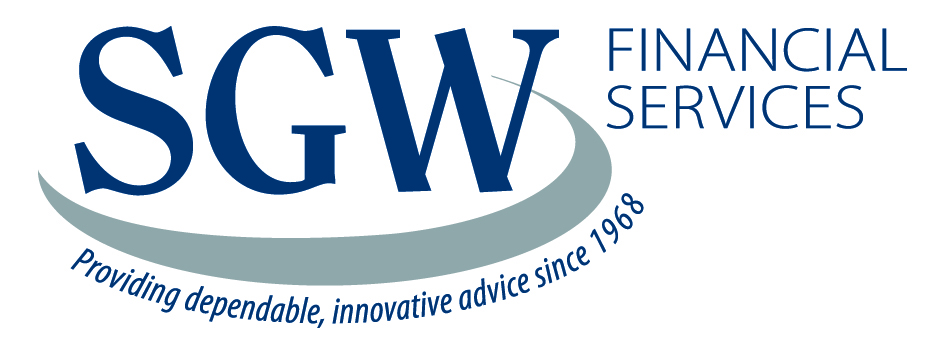On 1 July 2023, the contributions that your employer is required to make into your super fund, under the super guarantee, increased from 10.5% to 11% of your before-tax income.
The outcome of this is that Aussie employees, who are eligible for the super guarantee, should have more savings in their super to help fund their retirement.
Below we explain what you need to know and when further increases might be expected.

What is the super guarantee?
The super guarantee (or SG for short) determines how much your employer is required to contribute into your super fund, according to the Australian government. Prior to 1 July 2023, that figure was 10.5% of your before-tax income.
However, from 1 July 2023, your employer is required to contribute a minimum of 11% of your before-tax income into your super account.
Who’s eligible for the super guarantee?
Generally, you’re eligible for SG contributions regardless of whether you’re a full-time, part-time or casual employee, including if you’re a temporary resident.
You’re also typically eligible if you’re:
-
an employee under 18 years old, or a private or domestic worker, doing more than 30 hours a week
-
a contractor, even if you’re working under your own ABN, although this is only in some instances
-
an older employee, who might’ve already begun accessing some of their super.
You can check your eligibility using the ATO’s super guarantee eligibility decision tool.
Rules if you’re self-employed
If you’re self-employed for example, as a sole trader, you don’t make SG contributions for yourself into a super fund, but that may be different if you run your business through a company or trust.
Whatever your situation, you may still consider making voluntarily contributions into super to save for your retirement.
How is the SG rate calculated?
If you’re wondering how the super guarantee is calculated, employers are required to pay a percentage (determined by the Australian government) of your ordinary time earnings into your super.
This is generally what you earn for your ordinary hours of work, including commissions, shift loading, annual leave and sick leave.
Payments that aren’t considered as part of this include irregular overtime, unused annual leave, long service leave paid on termination of employment, and ancillary leave, which includes when you might be on jury duty.
What you might get paid while you’re on parental leave is also not taken into account. However, some companies will still choose to make SG payments for you during this time.
To calculate the amount of SG you should expect to receive from your employer, use the ATO’s estimate my super tool.
Note, the SG rate is scheduled to increase in increments and will gradually reach 12% by 1 July 20251.
When are SG contributions paid?
If you’re eligible, your employer must make SG contributions into your super fund at least four times a year on dates determined by the ATO. Employers can also choose to do this weekly, fortnightly or monthly.
If employers fail to pay SG on time, they may have to pay the super guarantee charge. If your employer hasn’t paid your super, paid it late, or into the wrong fund, speak to the person who handles the payroll at your work.
If you’re not satisfied with what they tell you, you can lodge an unpaid super enquiry with the ATO. You’ll need to give your personal details, including your tax file number, the period relating to your enquiry and your employer’s details. You can also call the ATO on 13 10 20.
How can I keep track of my SG contributions?
You can check your SG payments by looking at your payslips and know that while super contributions may be listed on your payslip, this doesn’t always mean money has been deposited into your super account.
With that in mind, consider checking your super statements, calling your super fund or logging into your online account to see exactly what has been paid into your super.
Other things worth noting
There are limits to how much can be contributed into your super fund, which will depend on what type of contribution you’re making. For instance, you may choose to make contributions on top of what your employer is required to make under the super guarantee.
If you exceed super contribution caps, additional tax and penalties may apply.
1 ATO – Super Guarantee percentage
Source: AMP July 2023
Important:
This information is provided by AMP Life Limited. It is general information only and hasn’t taken your circumstances into account. It’s important to consider your particular circumstances and the relevant Product Disclosure Statement or Terms and Conditions, available by calling 02 6947 2866, before deciding what’s right for you.
All information in this article is subject to change without notice. Although the information is from sources considered reliable, AMP and our company do not guarantee that it is accurate or complete. You should not rely upon it and should seek professional advice before making any financial decision. Except where liability under any statute cannot be excluded, AMP and our company do not accept any liability for any resulting loss or damage of the reader or any other person. Any links have been provided for information purposes only and will take you to external websites. Note: Our company does not endorse and is not responsible for the accuracy of the contents/information contained within the linked site(s) accessible from this page.
